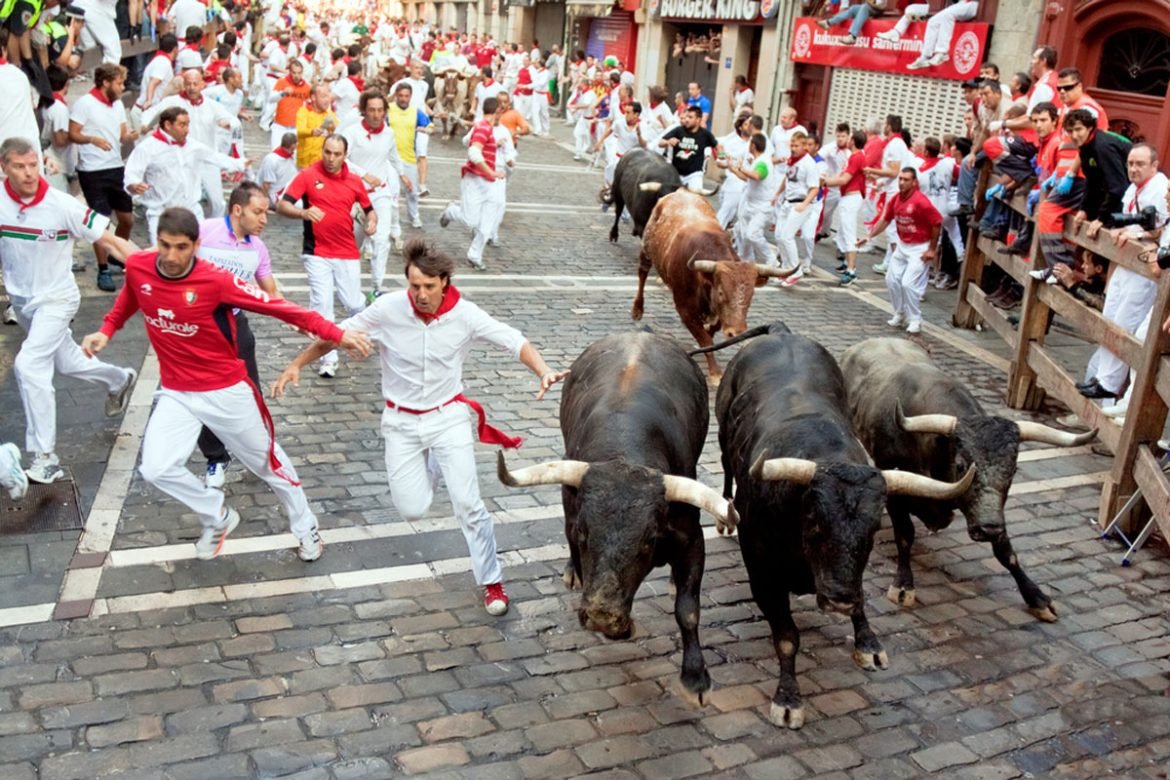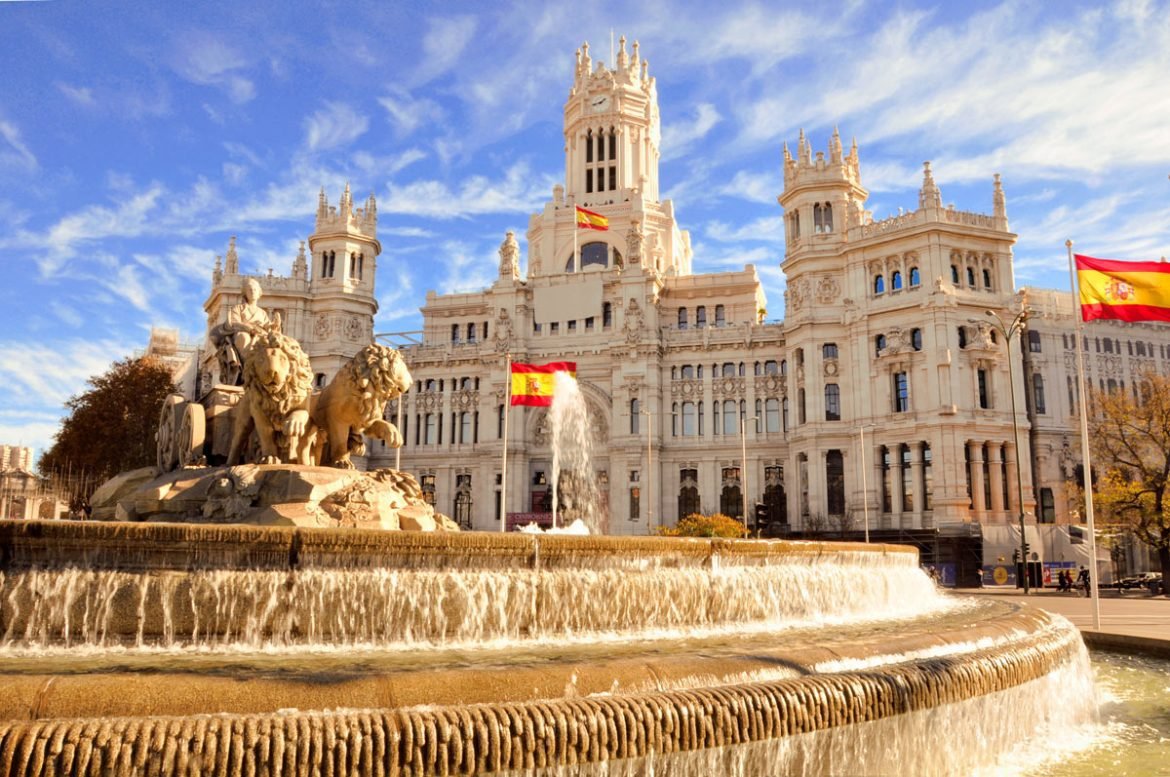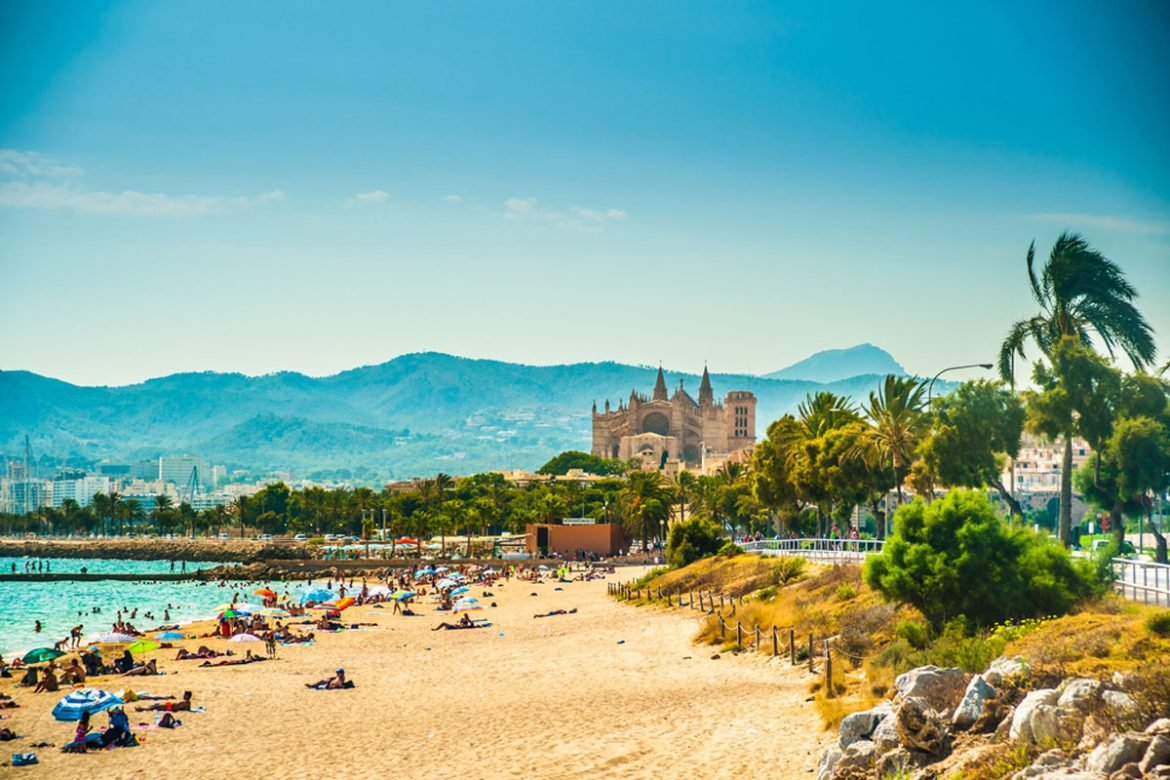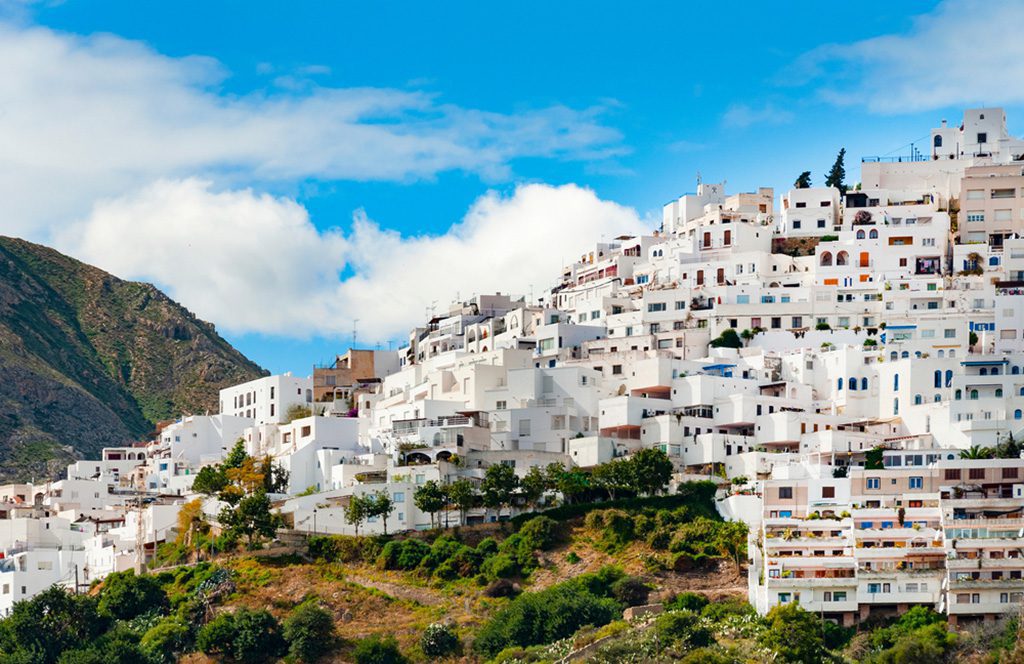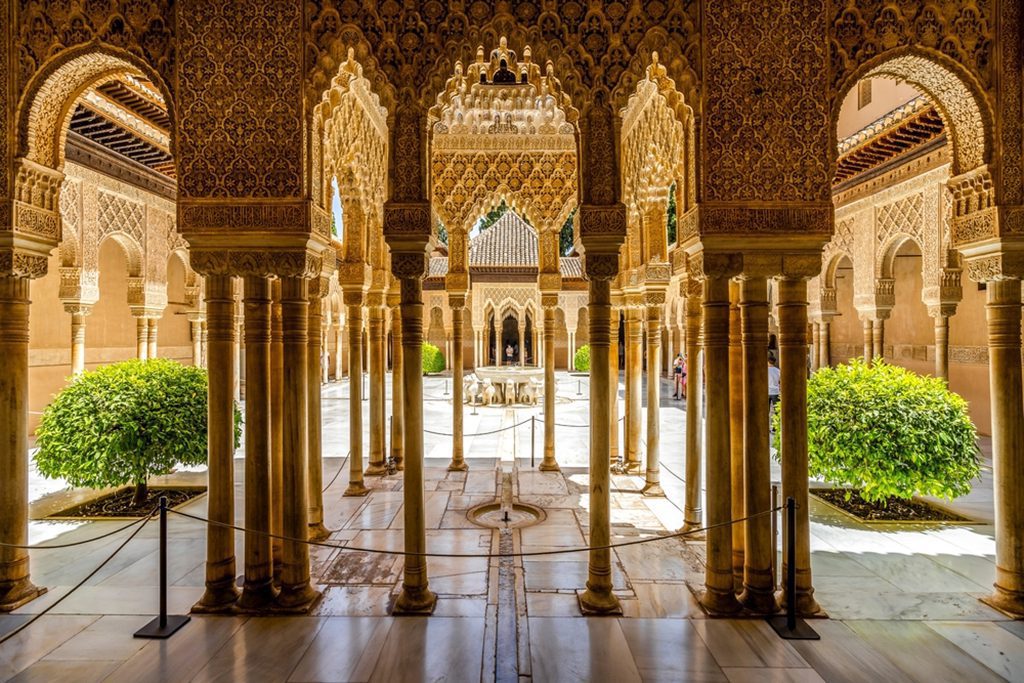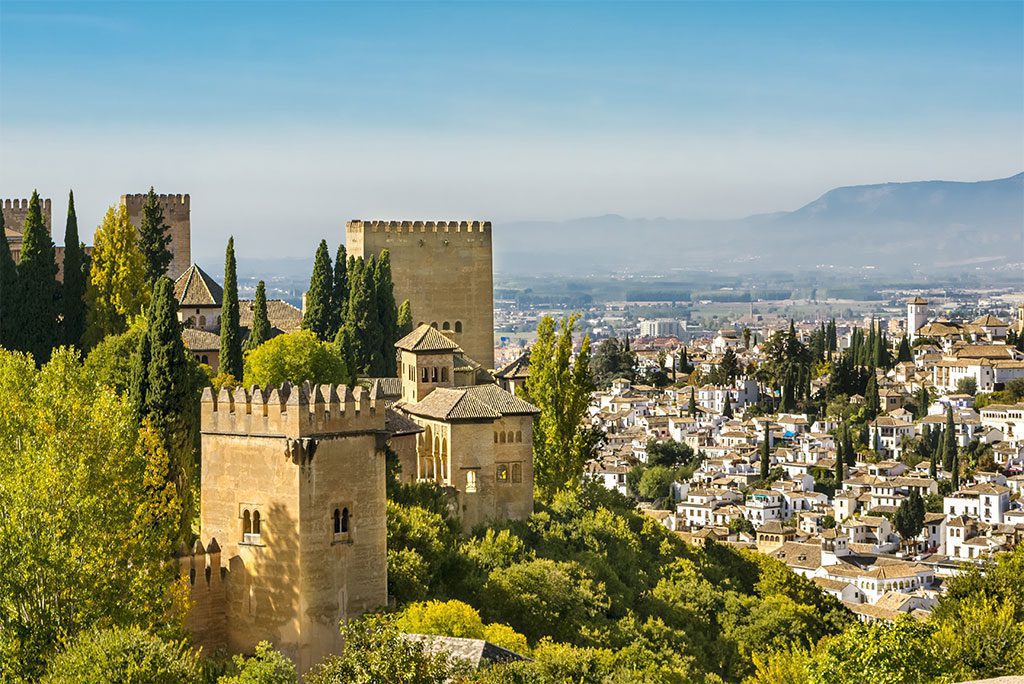From the moment I stepped into Pamplona, I felt the energy of the Running of the Bulls buzzing in the air. The city was alive with excitement as it prepared for the highly anticipated festival in July. Vibrant red and white decor, traditional costumes, and fluttering banners transformed the city into a playground of anticipation.
Spain
In recent years, Spain’s capital city has received a makeover, and it’s not a quick makeover. The city’s formerly rundown neighborhoods have been spruced up without losing their attractiveness, and the city’s three most important museums have grown to accommodate more visitors.
There are many activities to do in Mallorca, which offers wonderful sandy beaches.
The island of Mallorca’s easygoing vibe and beautiful sea vistas have made it a favorite among tourists for decades. Because the sea breeze moderates the region’s often sweltering summers, it’s a haven for sun seekers.
You may already be familiar with the stunning coasts and sandy beaches of Mallorca, one of Spain’s Balearic Islands. But have you heard of the excellent hiking in the Serra de Tramuntana mountain range?
Here are the must-sees on this stunning island.
Discover the old town of Palma
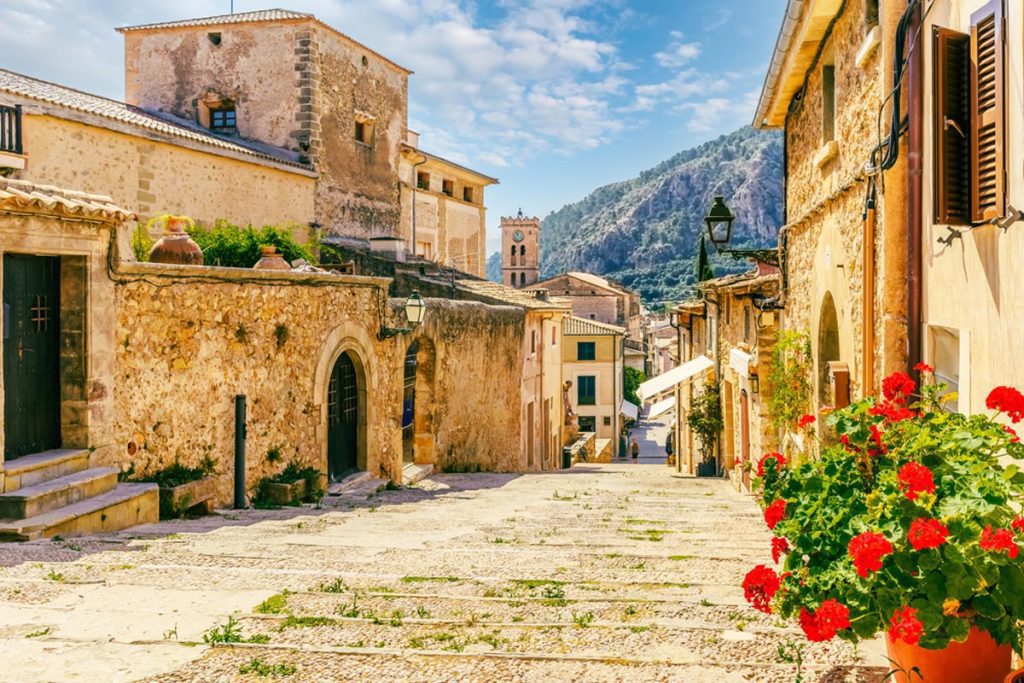
Historic Village of Pollenca on the Island of Palma Mallorca, Spain-1024×683Image source: Serenity-H/Shutterstock.com
Many tourists skip Palma in favor of the beaches in Cala Mondragó and Formentor, but the city is a great starting point for learning about Mallorca’s rich history and culture. Known as the capital of the Balearic Islands and a popular tourist destination, this western Mediterranean metropolis has been home to Moors, Romans, and Catholics since 123 BC.
Santa Mara, the Castell de Bellver, the Royal Palace of La Almudaina, and the Mercat de l’Olivar, a bright and ancient hall where you can sample wine and tapas, should all be on your list of must-sees.
Explore the Passeig des Born Boulevard
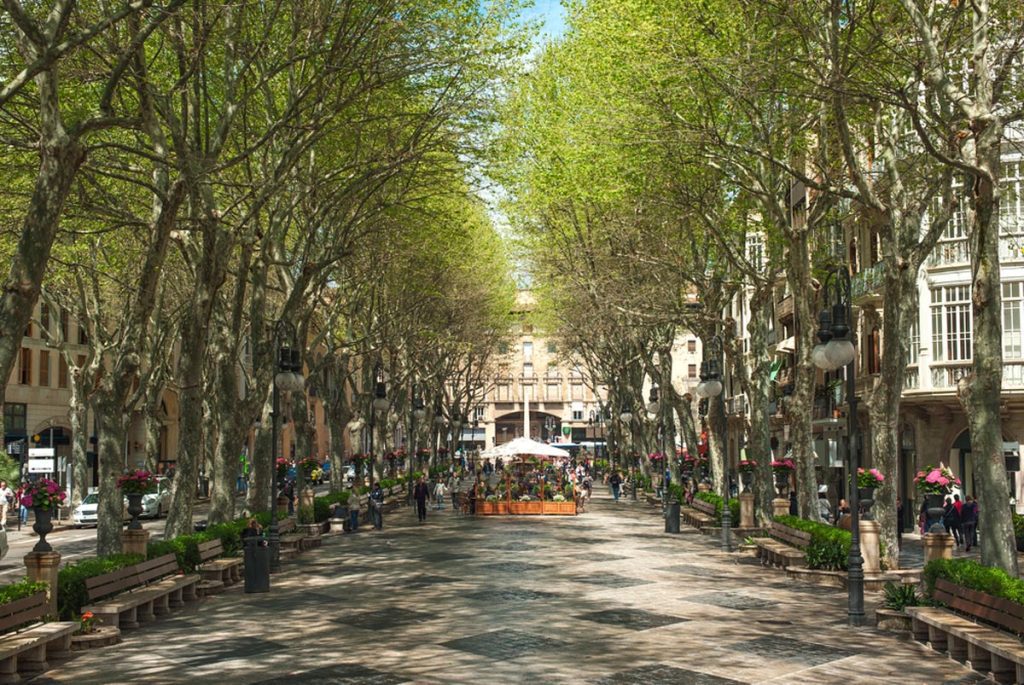
Boulevard Born in Palma de Mallorca, SpainImage source: Boris Stroujko/Shutterstock.com
Explore the maze of streets and stores along the tree-lined high street. You’ll find several galleries, such as Berlin’s Kewenig Gallery, which showcases the work of many up-and-coming artists, inside the gridlike structure of Passeig des Born.
Visit Terra Cuita to see the vibrant Mallorcan pottery. Stop by Ombú for some cutting-edge tapas and futuristic architecture. Eat at De Tokio a Lima and wash down your white sangria with a stroll through the lively streets of Santa Catalina.
Cocktail bars for before and after dinner
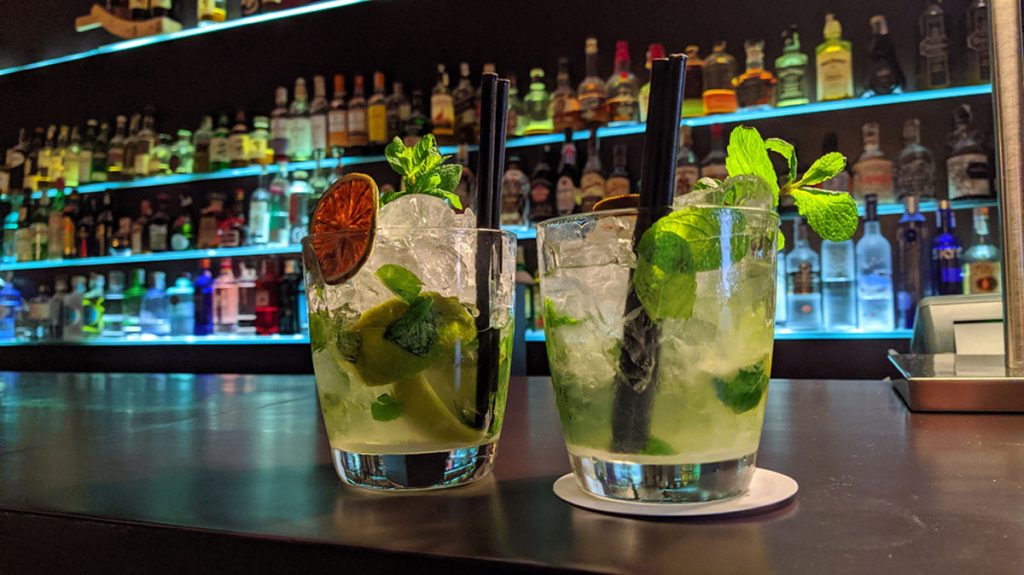
Mojito Drink in Palma de Mallorca Party-1024×575Image source: Melina Ariel imagenes/Shutterstock.com
Stop by Clandestino Cocktail Club for a nightcap of gin and tonics and call it a day as the Spaniards do. This institution presents itself as a smoky jazz-playing club with a hidden speakeasy menu, so the atmosphere is both relaxing and lounge-like.
Even the bar, which is stocked to the gills with premium liquors, has an air of urban chic. In addition to the traditional gin and tonic, the famous Negroni (€15) is a must-have; it consists of gin, Campari, and vermouth, and it is served over crushed ice with an orange peel. True Spanish? Probably not, but it’s a place where you can relax after a long day of sightseeing.
Fill up on churros at El Rocío Santa Ponsa
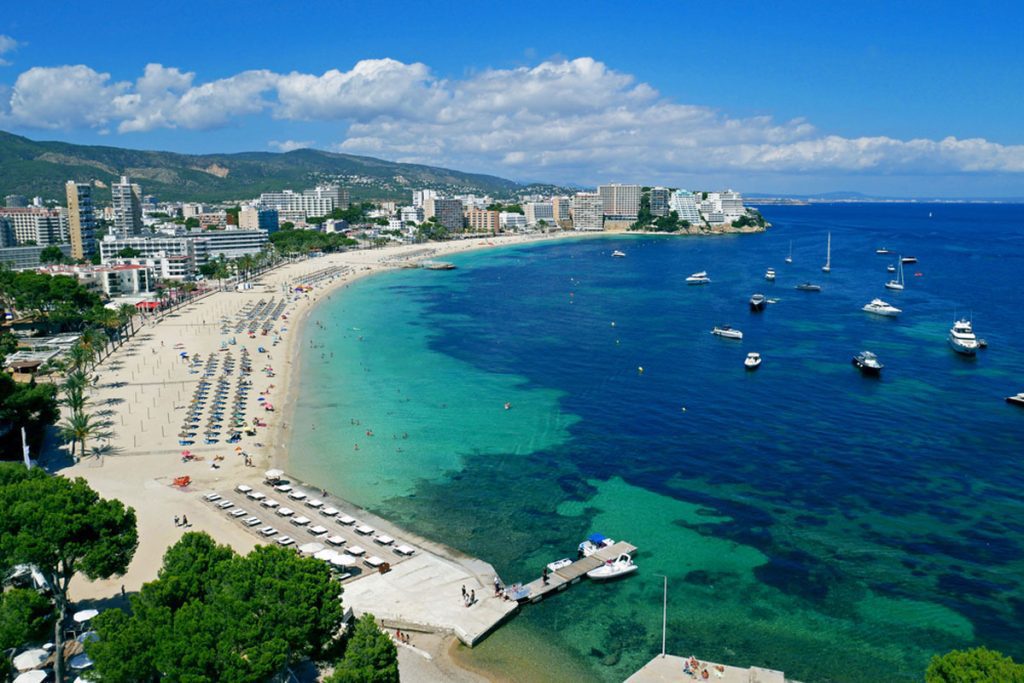
“Magaluf Beach and Bay, Calvia, Mallorca, Spain”-1024×683Image source: xabi_kls/Shutterstock.com
Remember to load up on a big Spanish breakfast before traveling towards Magaluf beach for an intensive day of soaking in the sunlight. Relax at El Roco Santa Ponsa, located in the tranquil Santa Ponça neighborhood.
Get the patatas bravas (€7.50), a local delicacy of deep-fried potatoes doused in a spicy sauce. They go well with the churros and thick hot chocolate drinks. Visit Le Cafe Flora, a specialty breakfast restaurant and bakery in Magaluf, for an alternative option.
Dive off bone-white beaches in Magaluf
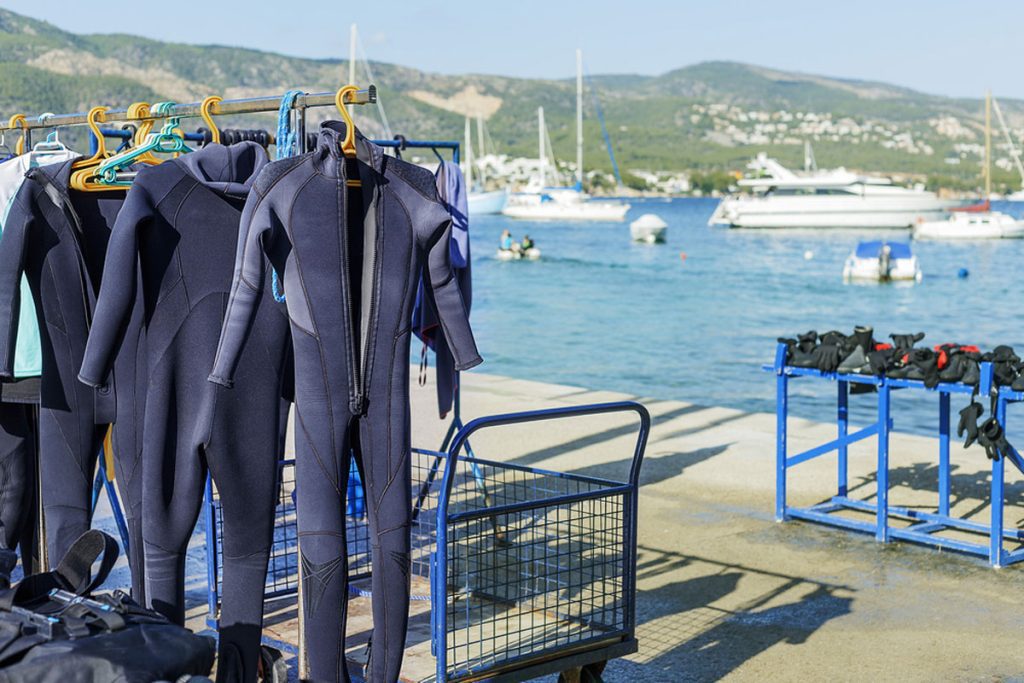
Diving Suits Hanging to Dry in Magaluf, SpainImage source: Westermak/Shutterstock.com
Magaluf Beach is best visited in the late morning before the sun gets too high and the first thousand meters of beach, which runs down the coast, become crowded with local swimmers.
Those in need of peace and quiet can make their way to Palmanova Beach, located to the north. Under the same soothing, pale blue sky, you may find miles upon miles of empty, little-visited sand. Relax on the fine white beach and cool yourself in the deep blue water. Bondi Beach Magaluf, inspired by the neighboring Spanish culinary culture, offers you tasty and elegantly presented Paella with an amazing drink menu.
Take on Serra de Tramuntana’s Dry Route trail
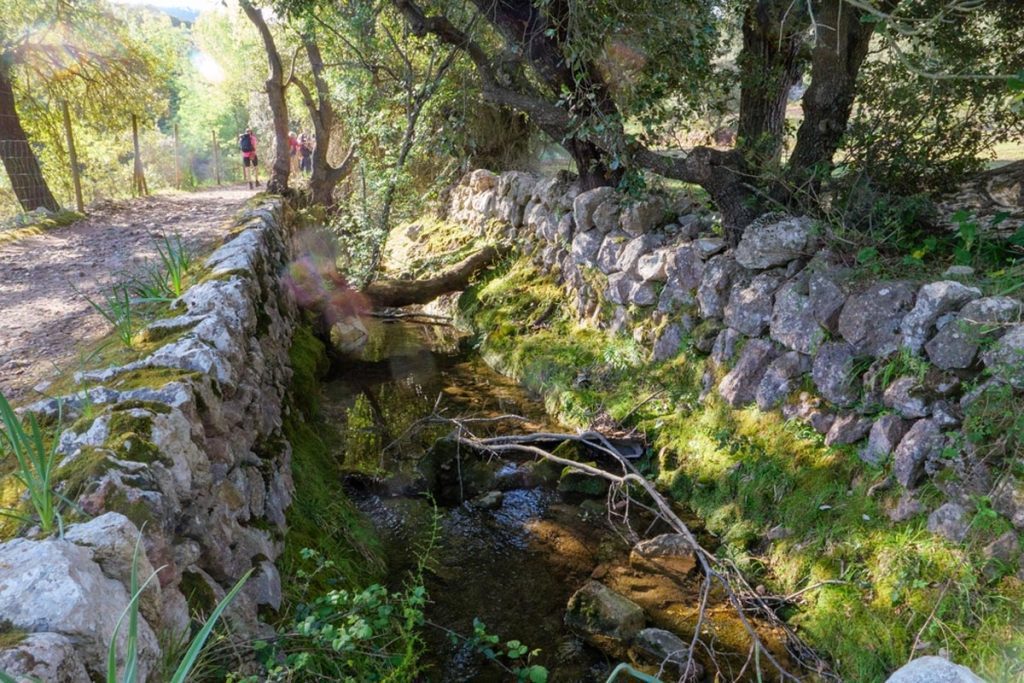
Hiking in Mallorca’s Tramuntana Mountains-1024×683Image source: Edda Dupree/Shutterstock.com
Get out of Palma on your second day in Mallorca and go north toward the Serra de Tramuntana, a mountain range that runs along the island’s whole northwestern coast and is a UNESCO World Heritage Site.
Near Valldemossa, the craggy mountain range makes for a great vantage point. Get yourself a trail map that will bring you through olive groves, vineyards, and almond orchards to quaint and ancient towns and villages.
The lengthy Dry Stone Route between Port d’Antratx and Pollença can be toured with a guide.
Some of the routes are advised for experienced hikers only and might take anywhere from three to eight hours. It’s recommended that you bring sturdy hiking shoes as well as plenty of water.
Head to La Lonja for the last dance
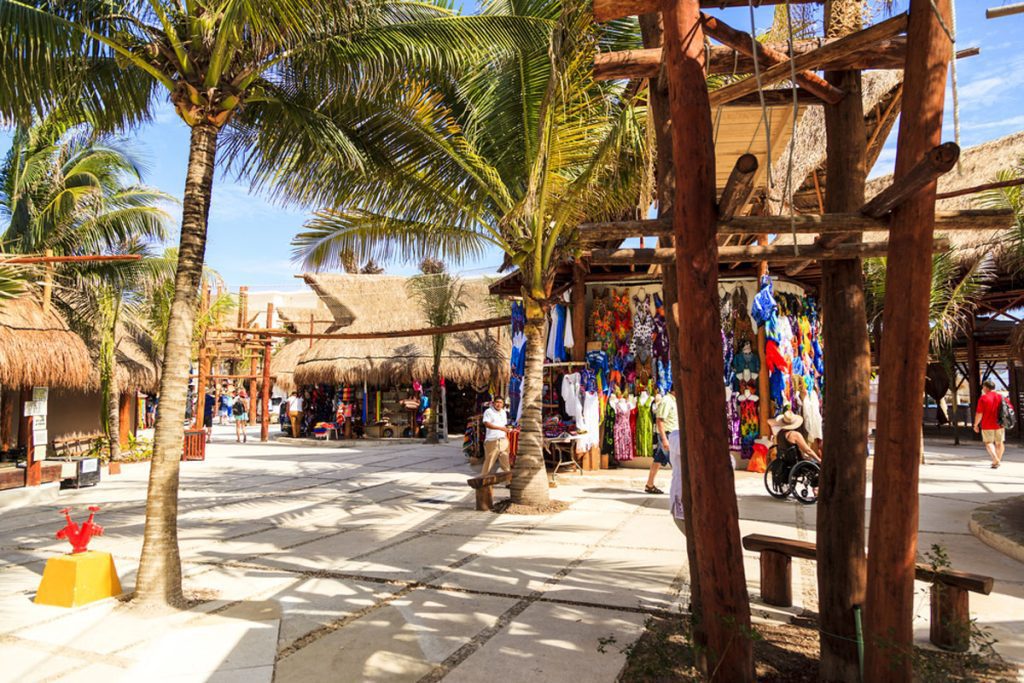
“Costa Maya Cruise Ship Terminal and Resorts in Mexico”Image source: GTS Productions/Shutterstock.com
Many of the island’s most exciting activities take place after dark. Get to the La Lonja neighborhood once the sun goes down. The Jazz Voyeur Club is one of several cozy bars where you can choose from an authentic à la carte menu and drink large measures of Spanish brandy. Or book a table at the Blue Jazz Club, which overlooks Palma Bay. Please make reservations in advance.
Pubs, dive bars, and tourist bars stay open late, so the celebration may continue well after dark. In the morning, when you wake up with a hangover, you can be confident that some of the best Mediterranean cafés will be waiting for you.
Where to stay

In Canyamel’s valley is the 5-star Cap Vermell Grand Hotel, which has a Michelin-starred restaurant and opulent decor. Cala Agulla Beach and the Caves of Artà are both within easy driving distance of the hotel
Getting to Mallorca

The Palma de Mallorca airport is served by several daily flights from major European cities, including London and Manchester. Direct buses go from the airport to the heart of Palma. From the ports of Barcelona and Valencia, you can take a ferry to get here.
Spain may not have many national parks, but the ones it does have are formidable. The natural riches of these parks set them apart, and they include some of the world’s most pristine and intriguing landscapes. Spain’s national parks have everything from lush green fields and blue waterways to dense forests and snow-capped mountains.
Spain, a dynamic European country that shares the Iberian Peninsula with Portugal, is well-known for its passionate people, beautiful beaches, and great history. You can’t go to Spain and not see the big cities like Madrid and Barcelona, but don’t skip out on the smaller towns that have just as much to offer. These Spanish towns are often more affordable than larger cities and provide a more genuine experience of the country’s culture. If you’re planning a vacation to Spain, be sure to include some of these great little towns.
Those who imagine packed beaches and sangria while watching bullfights and flamenco are in for a pleasant surprise when they visit Spain. Spain is home to a wide range of historical sites, from Roman and Moorish ruins to inner castles, from the picturesque white villages of rural Andalusia to the bustling metropolises of Barcelona and Madrid.
Millions upon millions of tourists visit Barcelona every year, making it one of the world’s most popular travel destinations. The question is, why does it have such a large fan base? To put it simply, it provides almost everything a traveler might want on vacation. Convenient location, pleasant climate, picturesque beaches and surrounding mountains, lively nightlife, delicious regional food, and a rich cultural and historical heritage.
Spain is one of the top vacation spots in Europe, thanks to its stunning beaches, mouthwatering food, exciting nightlife, and fun-filled fiestas. The cultural and geographical variety of Spain is unparalleled on the European continent as a whole due to the inclusion of various autonomous regions and islands. Spain is a country of striking contrasts, from the exotic beauty of the Canary Islands to the northern uniqueness of the Basque Country to the southern Costa del Sol beach resorts and the Sierra Nevada mountain range.
Spaniards may experience a wider range of landscapes and climates than you would expect just by looking at their borders. Despite the fact that both paella and bullfighting are often associated with Spain, none of these activities really characterize the Iberian nation. In Spain, you’ll be able to see a vast variety of cultures. Barcelona is a great place to learn about Catalan culture and see some of Antoni Gaud’s most beautiful structures. Check out the Basque version of tapas, pintxos, in the northwest and the Moorish architectural legacy in Andalusia in the south.


